Mission & Vision
The Vallarta Botanical Gardens is a non-profit dedicated to the mission of conserving and celebrating the unique plant biodiversity of western Mexico.


Who We Are
We are a living museum, a pillar of the region, a force for conservation, an unforgettable experience.
The Vallarta Botanical Gardens (VBG), founded in 2004 and opened to the public in 2005, serves as a leading force for biodiversity conservation in Mexico. Founded by Bob Price, together with his mother Betty Price and local co-founder Jesus Reyes, on what was then degraded cattle pasture, the Gardens today are a sanctuary for thousands of species of plants, birds, and pollinators.
In our two decades of operation, we have connected hundreds of thousands of visitors with the wonder and importance of nature. Along with 8 hectares of curated public gardens and hiking trails, VBG manages another 120+ hectares of undeveloped forestland in the state of Jalisco and has obtained certified protected status for 32 of them.
What We Do
The Vallarta Botanical Gardens is more than just a spectacular place to spend a day in nature. We are an impact-driven organization dedicated to preserving our region’s natural heritage and rich biodiversity. First and foremost, we offer outdoor experiences in our public gardens, from guided tours for guests on plants and birdwatching, to free nature visits for Mexican school children, to internships for university students in botany, biology, and environmental sciences.
We also conduct propagation, conservation, and investigation into the plants of our collections. However, as the only environmentally dedicated non-profit in the area, itself a biodiversity hotpot, we have a responsibility to look beyond our front gate. Much of our work therefore goes toward protecting the ecosystems of our wider region, safeguarding habitats, facilitating investigation and discovery into endemic species, and promoting sustainable socio-economic development for surrounding local communities, which in turn supports environmental conservation.
Some of our Impact to Date
We curate and display plant collections, inspire and educate visitors, conserve and protect local habitats and ecosystems, and drive sustainable socio-economic development.
Learn more about our four impact programs:
We curate and display plant collections, inspire and educate visitors, conserve and protect local habitats and ecosystems, and drive sustainable socio-economic development.
Living Plant Collections
We are a living museum, showcasing, propagating, and investigating diverse endemic and exotic species, including rare and threatened plants.
Visitor Education and Inspiration
We are an unforgettable experience, engaging visitors around the wonders of plants and the importance of protecting nature.
Habitat and Ecosystem Conservation
We are a force for conservation, securing protected lands, advocating for stronger environmental policy, and contributing to global botanical science
Sustainable Local Development
We are a pillar of the region, ensuring eco-friendly economic growth and educating future generations to be stewards of their natural heritage.
Commitment to Our Region
Located just south of the city of Puerto Vallarta, in Cabo Corrientes, is a 2,000 km2 mountainous peninsula jutting out into the Pacific Ocean. With only approximately 11,000 inhabitants across small towns and villages, much of the land today is undeveloped and even unexplored by western science. Here, endemic species still flourish in their natural habitats, from ocelots (Leopardus pardalis) and jaguars (Panthera onca) to birds and insects to thousands of plant species.
However, exploding tourism to the region, climate change, and general economic pressures in the low-income area are coming together to put those habitats at risk. Wildfires, uncontrolled deforestation and construction, and illegal extraction and poaching of endangered flora and fauna, especially orchids and parrots, have all increased in recent years, and the time to act is now.


